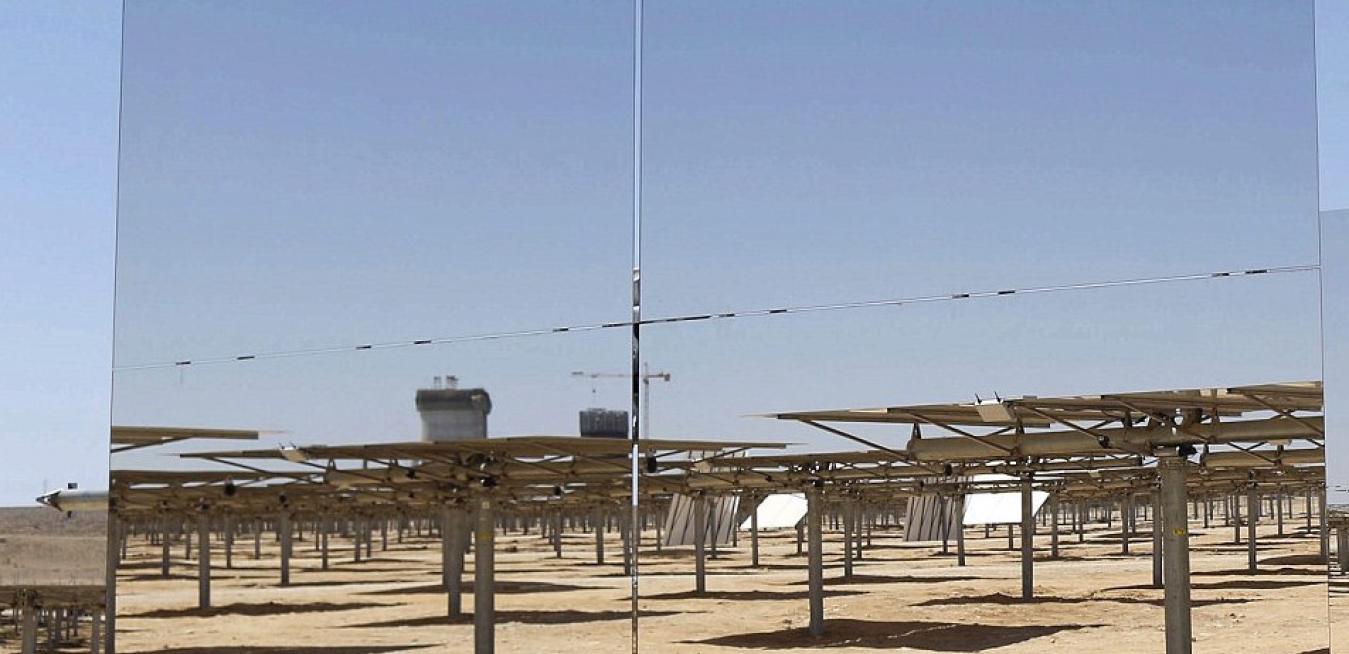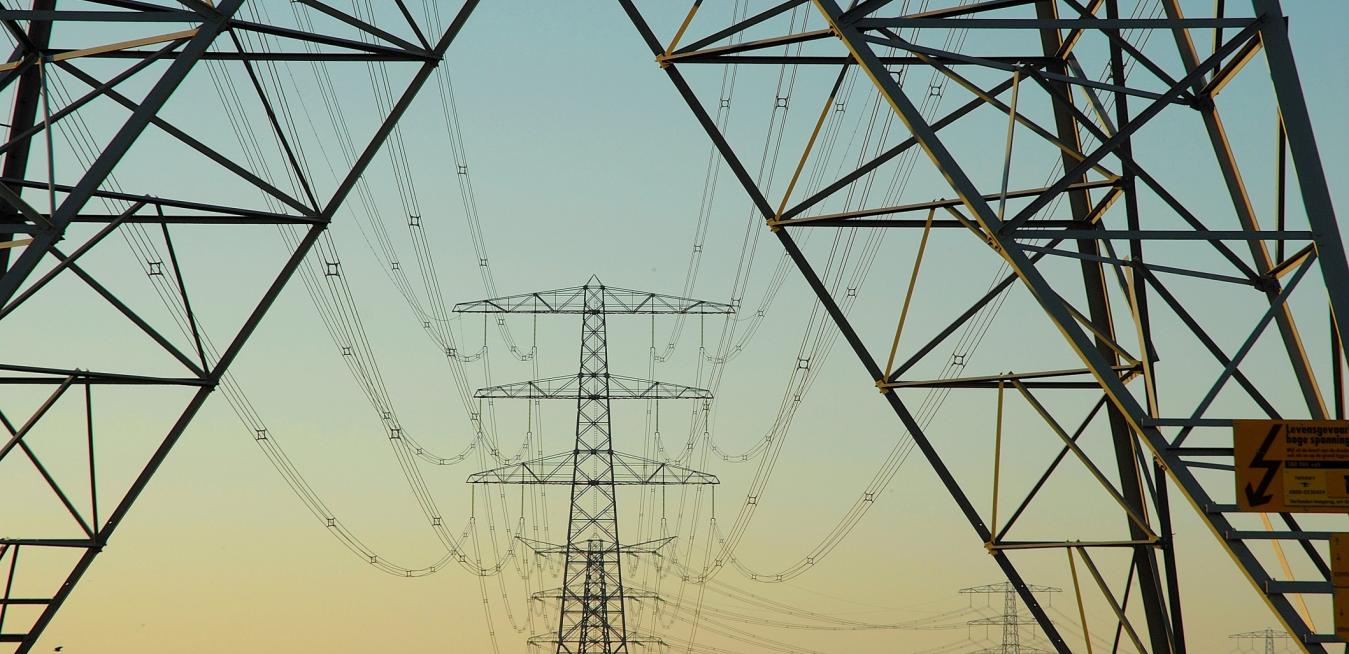The night the 700-year-old mountain oasis of Rakuru was to see its first electric light, the whole village gathered in the largest room and waited for someone to flip the switch.
But nothing happened.
Here’s why. When legislators in the Golden State passed a climate-change law mandating that California gets a third of its electricity from renewable energy by 2020, they were hoping to encourage residents to install solar photovoltaic cells.
Three years ago, Oxford University physicist Henry Snaith, one of the earliest researchers of perovskite, said that material would usher in a "new era for low-cost, high-efficiency" solar cells. This year, it's one of the World Economic Forum's top 10 emerging technologies. Jeffrey Carbeck, a specialist leader in advanced materials with Deloitte, discusses the strengths that perovskite may have over silicon photovoltaic cells for solar use.
Countries, provinces, cities and companies are increasing their renewable energy production targets at a rate that makes clear the transition away from fossil fuels is happening and unstoppable. But they must overcome major structural, political and perception hurdles if they hope to attain a future powered only by renewable sources.
This trend isn't going away. Getting all that clean electricity to homes and factories, however, is a challenging task.














